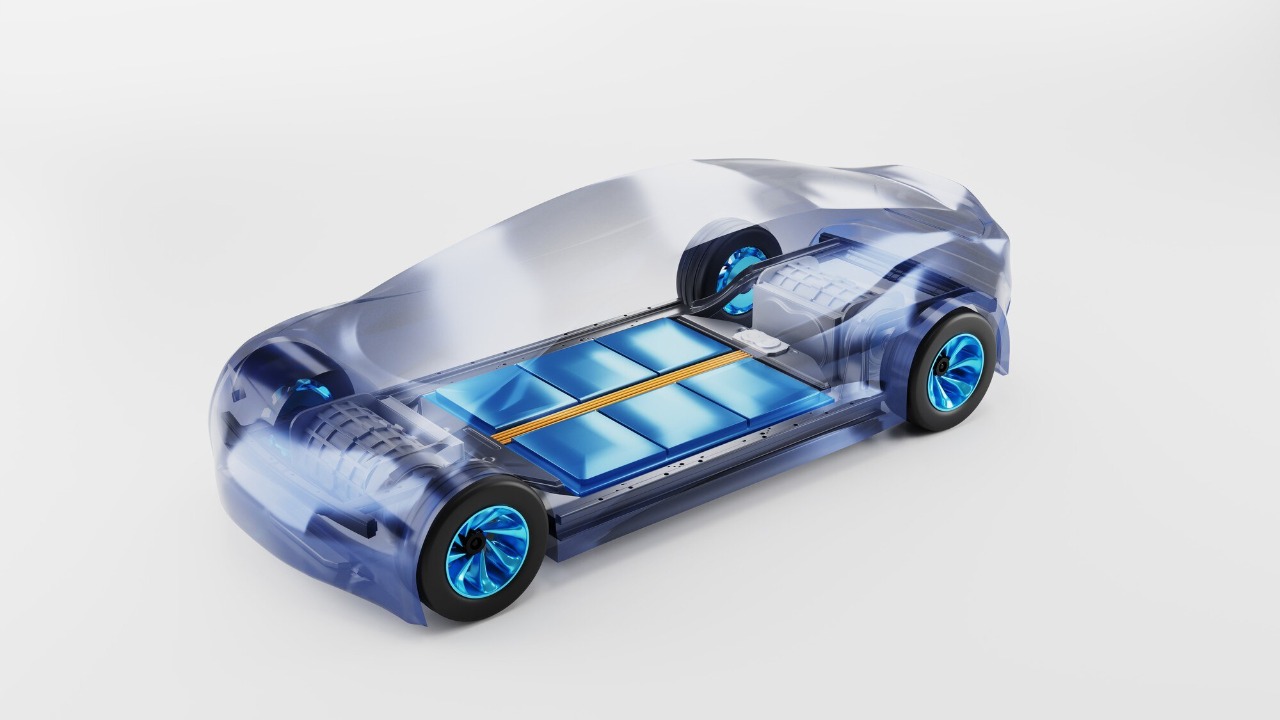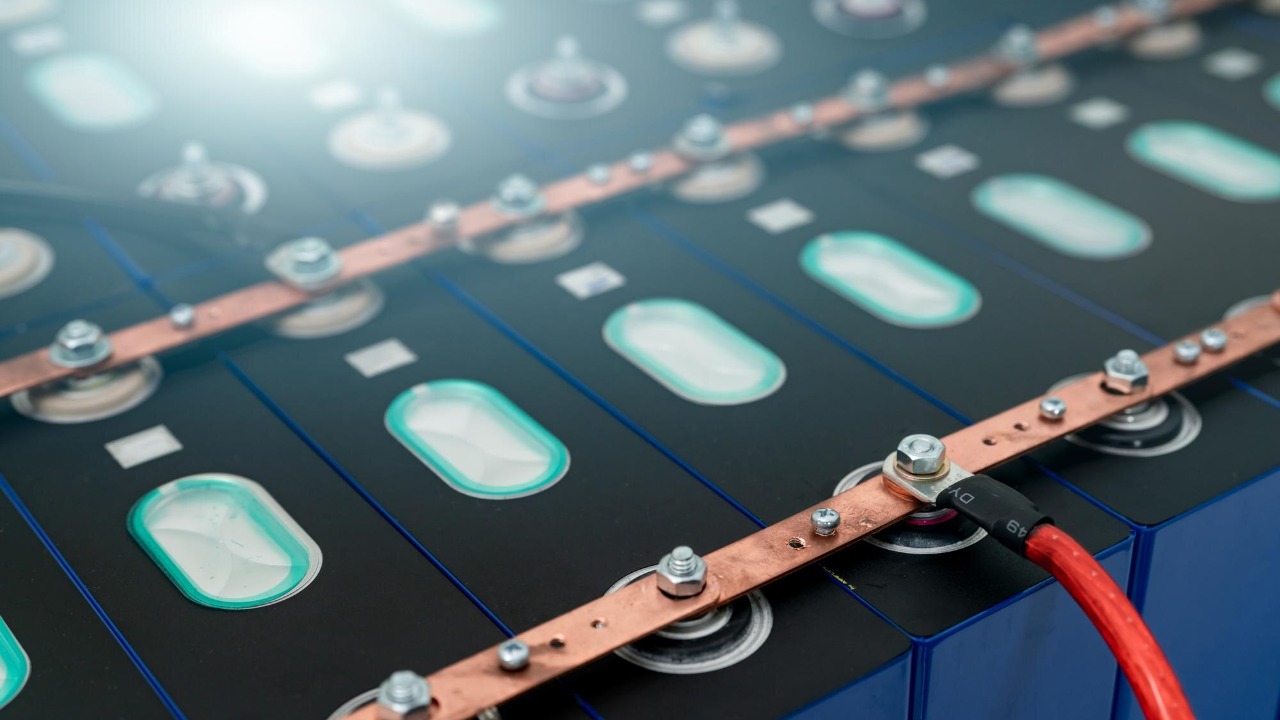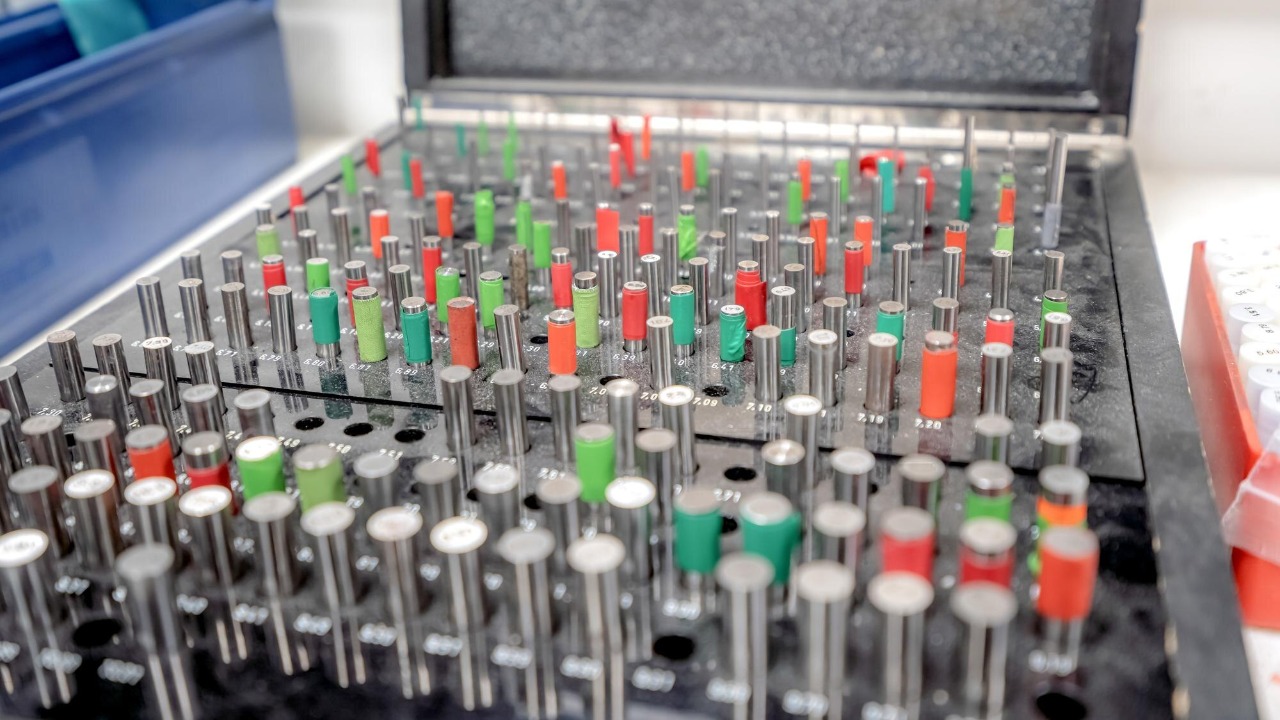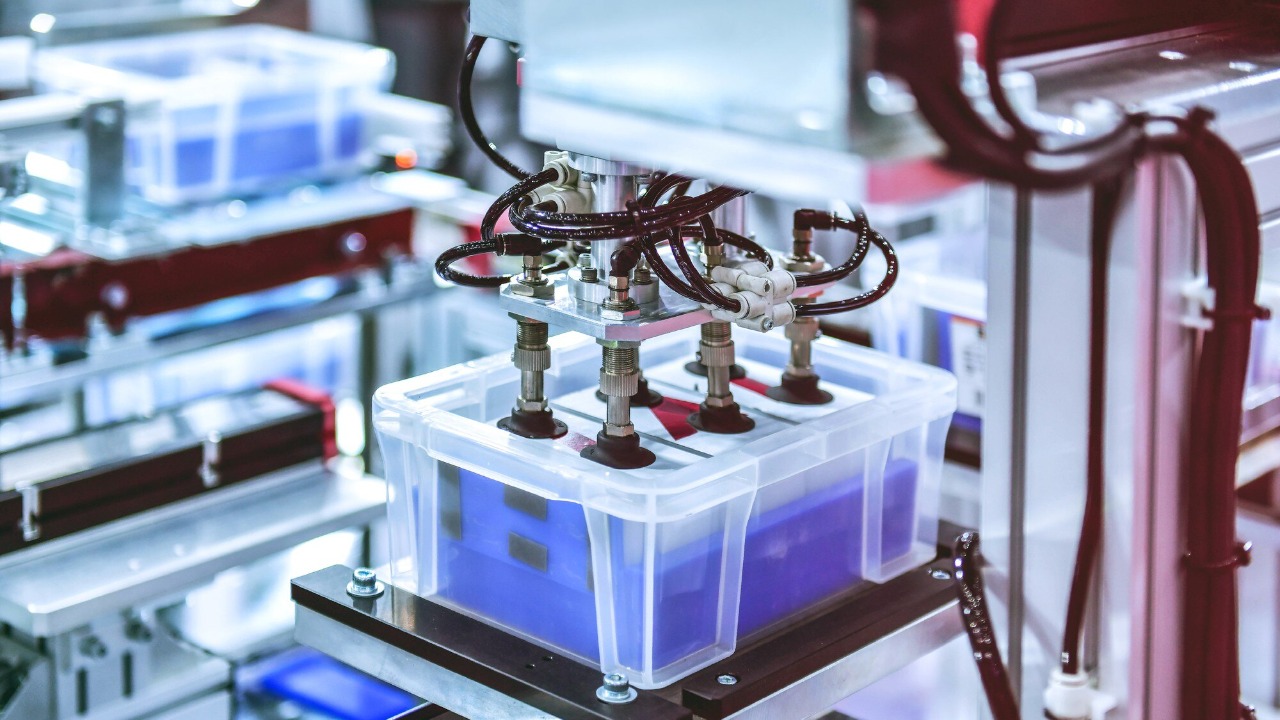
Solid-state batteries are poised to revolutionize the electric vehicle (EV) industry, with companies like Nissan planning to introduce models equipped with this technology by 2028. These batteries promise to significantly enhance range and charging speeds, potentially doubling the current capabilities of EVs. Industry leaders are striving to achieve a 1000km range, which could address major consumer concerns such as long-distance travel. However, despite these promising advancements, the path to widespread adoption is fraught with manufacturing challenges, although the potential market value is estimated in the billions.
Understanding Solid-State Batteries

The transition from liquid electrolytes in traditional lithium-ion batteries to solid electrolytes in solid-state batteries marks a significant technological shift. This change enhances safety by reducing the risk of fires and allows for higher energy densities, reaching up to 500 Wh/kg. This improvement is crucial for increasing the range and efficiency of electric vehicles. Solid-state designs also eliminate dendrite formation, a common issue in liquid batteries, which allows for the use of more stable lithium-metal anodes. This stability could extend battery life to over 1,000 cycles, offering a longer lifespan for EV batteries [source].
Companies like QuantumScape have made significant strides in this area, with prototypes demonstrating an impressive 800 Wh/L volumetric density in laboratory tests. This advancement highlights the potential of solid-state batteries to outperform current lithium-ion technology significantly. The implications for the EV market are profound, as these batteries could lead to vehicles with longer ranges and shorter charging times, making electric cars more appealing to a broader audience [source].
Key Advantages for Electric Vehicles

One of the most significant advantages of solid-state batteries is their potential for faster charging times. These batteries could reach 80% capacity in under 10 minutes, a substantial improvement over the 30+ minutes required by current EVs. This rapid charging capability is a critical factor in making electric vehicles more convenient for consumers, reducing downtime during long trips [source].
Solid-state batteries also offer the promise of extended range, with targets set at 1000km per charge. This range would break the current 500km average barrier, enabling cross-country trips without frequent stops. Such advancements could significantly enhance the appeal of electric vehicles, addressing one of the primary concerns of potential EV buyers: range anxiety [source].
In addition to performance improvements, solid-state batteries enhance safety and longevity. The use of solid electrolytes prevents thermal runaway, a common cause of battery fires, potentially reducing EV insurance costs by 20-30%. This safety enhancement could make electric vehicles more attractive to consumers and insurers alike, further driving adoption [source].
Major Challenges in Development

Despite the promising potential of solid-state batteries, significant challenges remain in their development. Manufacturing scalability is a major hurdle, as producing solid electrolytes at a low cost is currently difficult. Most prototypes are limited to small-scale lab production, which poses a significant barrier to mass-market adoption [source].
Material interface problems also present challenges, such as poor contact between the solid electrolyte and electrodes. This issue can lead to capacity fade after 500 cycles in early tests, undermining the long-term viability of these batteries. Addressing these technical challenges is crucial for the successful commercialization of solid-state technology [source].
Moreover, the high production costs of solid-state batteries, estimated at $200/kWh compared to $100/kWh for lithium-ion, delay their mass-market adoption. Overcoming these cost barriers is essential for solid-state batteries to become a viable alternative to current technologies [source].
Leading Companies and Prototypes

Nissan is at the forefront of solid-state battery development, aiming to launch a solid-state EV by 2028 with a 600km range and 5-minute charging capability. This ambitious target underscores Nissan’s commitment to advancing EV technology and addressing consumer demands for longer range and faster charging [source].
Toyota is also heavily involved in the development of solid-state batteries, with prototypes achieving a 900km range in testing. The company has established partnerships to commercialize this technology by 2027, highlighting the competitive race among automakers to lead in this transformative field [source].
Solid Power, in collaboration with BMW, has demonstrated all-solid-state cells with a 390 Wh/kg density in 2023 vehicle integrations. This partnership exemplifies the collaborative efforts between automotive and battery technology companies to push the boundaries of what is possible with solid-state batteries [source].
Timeline and Future Outlook

Several companies are gearing up for pilot production of solid-state batteries starting in 2025, with initial EV integrations expected by 2028. These developments mark critical milestones in the journey toward widespread adoption of solid-state technology in electric vehicles [source].
If cost hurdles are overcome, solid-state batteries could capture 30% of the EV market share by 2030. This potential market impact underscores the importance of continued investment and innovation in this field. Regulatory and supply chain factors, including U.S. incentives for domestic production in Houston-area facilities, are also expected to accelerate deployment, further driving the transition to solid-state technology [source].